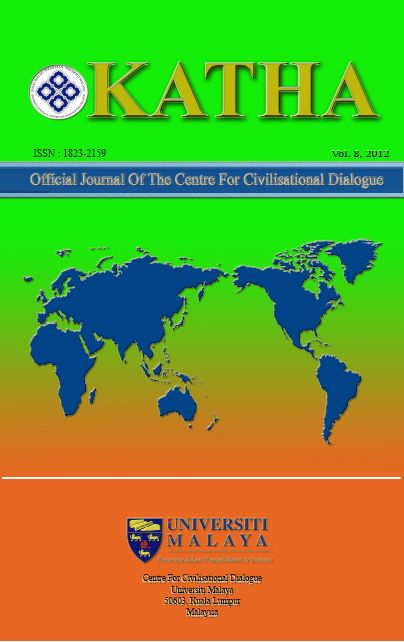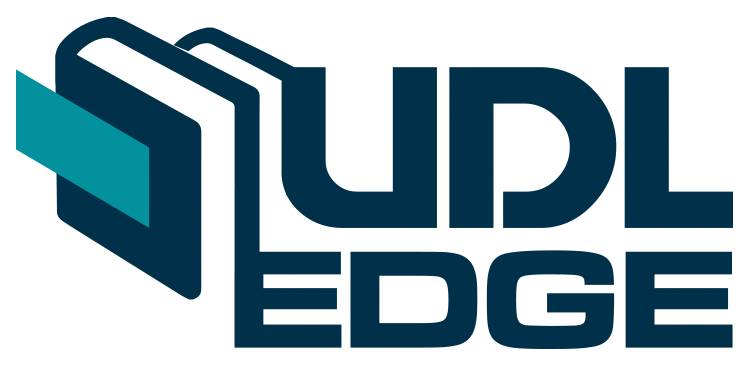Jalal al-Din Rumi & Human Transformation: How to Capture a Wild Elephant
Abstract
Through verse, music and dance the Mawlavi Order sought to perpetuate the energy of Rumi’s personality and impact of his enlightening insight. Rumi strove to make possible a vertical opening of consciousness within his followers, thereby facilitating fragile possibilities for human transformation. Soul with its innermost focus of attentive–awareness forms the only foundation for expanding our understanding of the cosmos, and for attaining what is possible for Man. We reflect on how Rumi might apprehend our current realities, and what has become of human transformation in our era of psycho–somatic physicalism. Our meditation is intended to provide food for thought, as well as enliven the heart.
We are looking for Rumi. we are still looking for him. We are seeking him – and Rumi is seeking us! Rumi had his own epitaph inscribed upon his tomb: “When we are dead seek not our tomb in the earth, but find it in the hearts of men.” is where we There have to look for Rumi: within the Hearts of men – and the hearts of women and girls and boys. His voice echoes loud and clear for those persons who have ears to hear, and who have learned how to listen .
Downloads
Downloads
Published
How to Cite
Issue
Section
License
Articles submitted to the journal should not have been published before in their current or substantially similar form, or be under consideration for publication elsewhere. Authors submitting articles for publication warrant that the work is not an infringement of any existing copyright and will indemnify the publisher against any breach of such warranty. For ease of dissemination and to ensure proper policing of use, papers and contributions become the legal copyright of the publisher unless otherwise agreed. By submitting a manuscript, the author(s) agree that copyright for the article is transferred to the publisher, if and when the manuscript is accepted for publication. However, it can be reprinted with a proper acknowledgment that it was published in KATHA.

This work is licensed under a Creative Commons Attribution-NonCommercial-NoDerivatives 4.0 International License.




